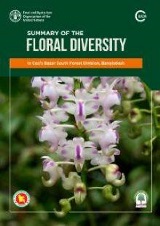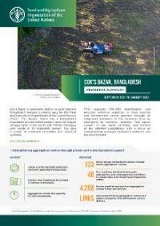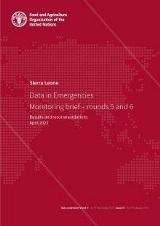Publications
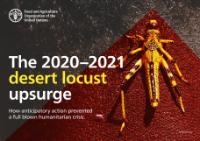
The 2020–2021 desert locust upsurge: How anticipatory action prevented a full blown humanitarian crisis
05/2022
In late 2019, a massive outbreak of desert locusts swept across the greater Horn of Africa and Yemen. This infographic outlines the actions FAO and partners took to avert a disaster, and showcases the impacts and results of the early, scaled up action.

Desert locust upsurge: Progress report on the response in the Greater Horn of Africa and Yemen, September–December 2021
05/2022
This sixth and final progress report details FAO’s work to mitigate the effects of the desert locust upsurge – an unprecedented threat to food security and livelihoods – across the Greater Horn of Africa and Yemen between September and December 2021, while outlining the outcomes of the response in all of 2021.
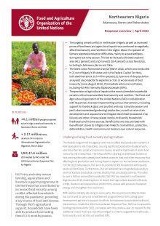
Northeastern Nigeria: Response Overview (April 2022)
05/2022
The ongoing armed conflict in northeastern Nigeria as well as increased prices of food items and agricultural inputs have continued to negatively affect food security and nutrition in the region.

The Philippines: Data in Emergencies Monitoring brief – round 2
05/2022
This Data in Emergencies Monitoring (DIEM-Monitoring) brief shares the results of a second-round field assessment conducted between January and February 2022 in the Philippines.
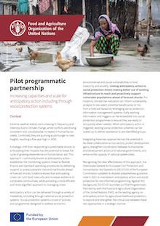
Pilot programmatic partnership
05/2022

2022 Global Report on Food Crises: Joint analysis for better decisions
04/2022
The 2022 Global Report on Food Crises (GRFC 2022) highlights the alarming deterioration of acute food insecurity in 2021

Concept note: Lao People’s Democratic Republic
04/2022
Extreme weather events are increasing in frequency and intensity due to climate change, while conflicts are driving consistent and unsustainable increases in humanitarian needs.
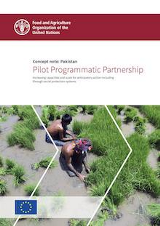
Concept note: Pakistan
04/2022
Extreme weather events are increasing in frequency and intensity due to climate change, while conflicts are driving consistent and unsustainable increases in humanitarian needs.

Concept note: Viet Nam
04/2022
Extreme weather events are increasing in frequency and intensity due to climate change, while conflicts are driving consistent and unsustainable increases in humanitarian needs.
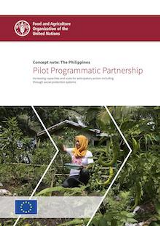
Concept note: Philippines
04/2022
Extreme weather events are increasing in frequency and intensity due to climate change, while conflicts are driving consistent and unsustainable increases in humanitarian needs.

Ukraine: Rapid Response Plan (March–December 2022)
04/2022
The war in Ukraine that began on 24 February 2022 has led to large‑scale human suffering across all regions of the country. As the dynamics of the war continue to evolve, large portions of the population are affected by damage to critical infrastructure, lack of basic services and disruptions of supply chains, requiring multisectoral humanitarian assistance.
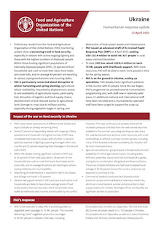
Ukraine: Humanitarian response update
04/2022
Preliminary results from the Food and Agriculture Organization of the United Nations (FAO) monitoring system show a worsening trend in food security, especially in oblasts with active ongoing fighting and those with the highest numbers of displaced people.

Rift Valley fever action framework
04/2022
Rift Valley fever (RVF) is an arboviral disease affecting humans and livestock transmitted by mosquitoes. It is endemic to large areas of Africa, resulting in widespread abortion and neonatal mortality in livestock, and severe complications in a small but significant percentage of human cases.
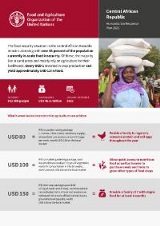
Central African Republic: Humanitarian Response Plan 2022
04/2022
The food security situation in the Central African Republic remains alarming with over 43 percent of the population currently in acute food insecurity. Of these, the majority live in rural areas and mainly rely on agriculture for their livelihoods.



